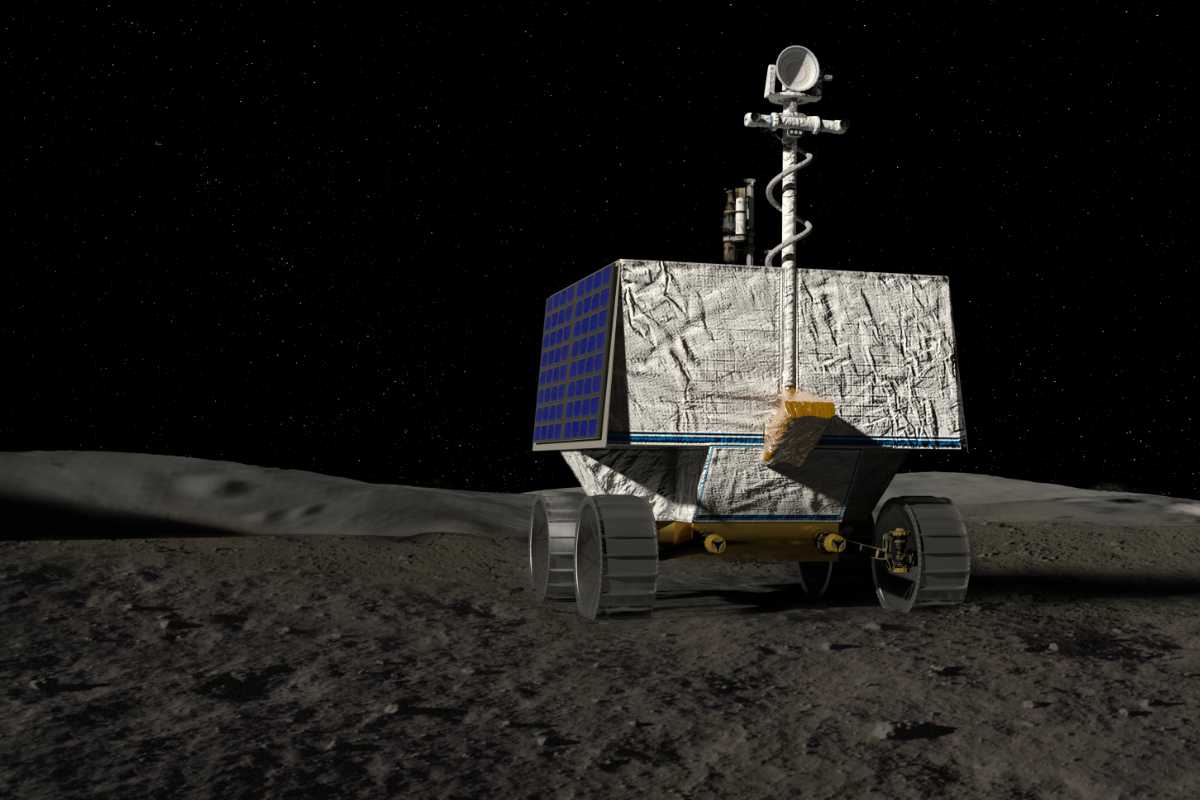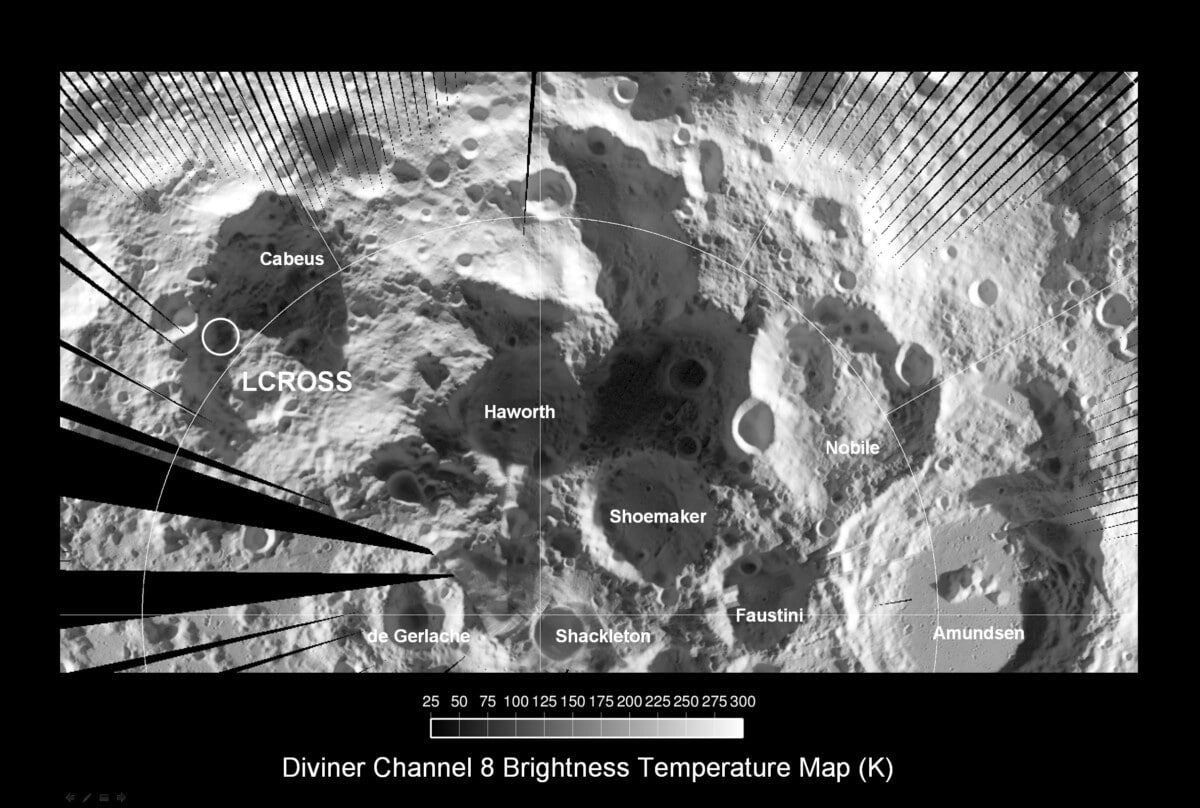
The rover will search here – in one of the coldest regions in our solar system – for a particularly valuable raw material: ice.
In a few years, the American space agency wants to put people on the moon again. Their stay on our natural satellite would be a lot easier if they had certain crucial raw materials – such as water – available there. But is it available there in the required quantities? And if so, where can the lunar settlers find it? To answer those questions, NASA will send a rover to the moon in 2023.
South Pole
It was already known that this robber – Volatiles Investigating Polar Exploration Rover (in short: VIPER) – would travel to the south pole of the moon. The manned missions that are planned in a few years’ time will also lead to this region. However, it was still unclear where exactly VIPER would land. But NASA has now announced the landing location. The rover will head toward Nobile Crater and land on the western side of this crater.
Nobile Crater
The Nobile Crater is an impact crater that was created long ago by an object hitting the moon. The bottom of the crater is permanently in shadow and NASA is therefore hopeful that water ice can be found here. But there are more reasons to land next to Nobile Crater. For example, the area west of this crater is easily accessible to the rover. In addition, in the vicinity of the crater are other smaller and easily accessible permanently shadowed craters that the rover can explore further.

The south pole of the moon with the various (large) craters that can be found here. On the right you can see the Nobile Crater. Image: NASA.
100 days
NASA hopes VIPER can explore at least six different “scientifically interesting” areas. The rover has about 100 days to do this. The data collected by the rover during that period should show, among other things, where water ice and other interesting resources can be found on the moon, how they ended up on the moon and how they managed to survive for billions of years. “We’re looking for answers to some pretty complex questions, and studying these resources on the moon that have stood the test of time will help us answer these questions,” said Anthony Colaprete, of associates. NASA’s Ames Research Center and principal investigator of the VIPER mission.
Special mission
Either way, it promises to be a special mission. Never before has a lander or rover explored the moon’s south pole; everything we know of this area to date is based on orbiter measurements; probes orbiting the moon. Data from these orbiters suggest that ice and possibly other valuable resources are holding up bravely in the permanently shadowed crater near the poles. But we won’t know for sure until we send a rover there that can actually take a look inside those craters.
Ultimately, studying the craters and what’s inside them isn’t an end in itself, but rather a crucial piece of preparation for what follows a few years later: manned missions to the moon. Because if, thanks to VIPER, we will soon know what the moon has to offer us and where the raw materials are hidden, researchers can use that knowledge to plan long-term missions to or even permanent habitation of the moon.
Source material:
“NASA’s Artemis Rover to Land Near Nobile Region of Moon’s South Pole” – NASA
Image at the top of this article: NASA / Ames Research Center/Daniel Rutter